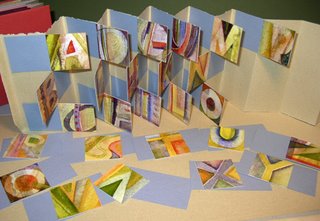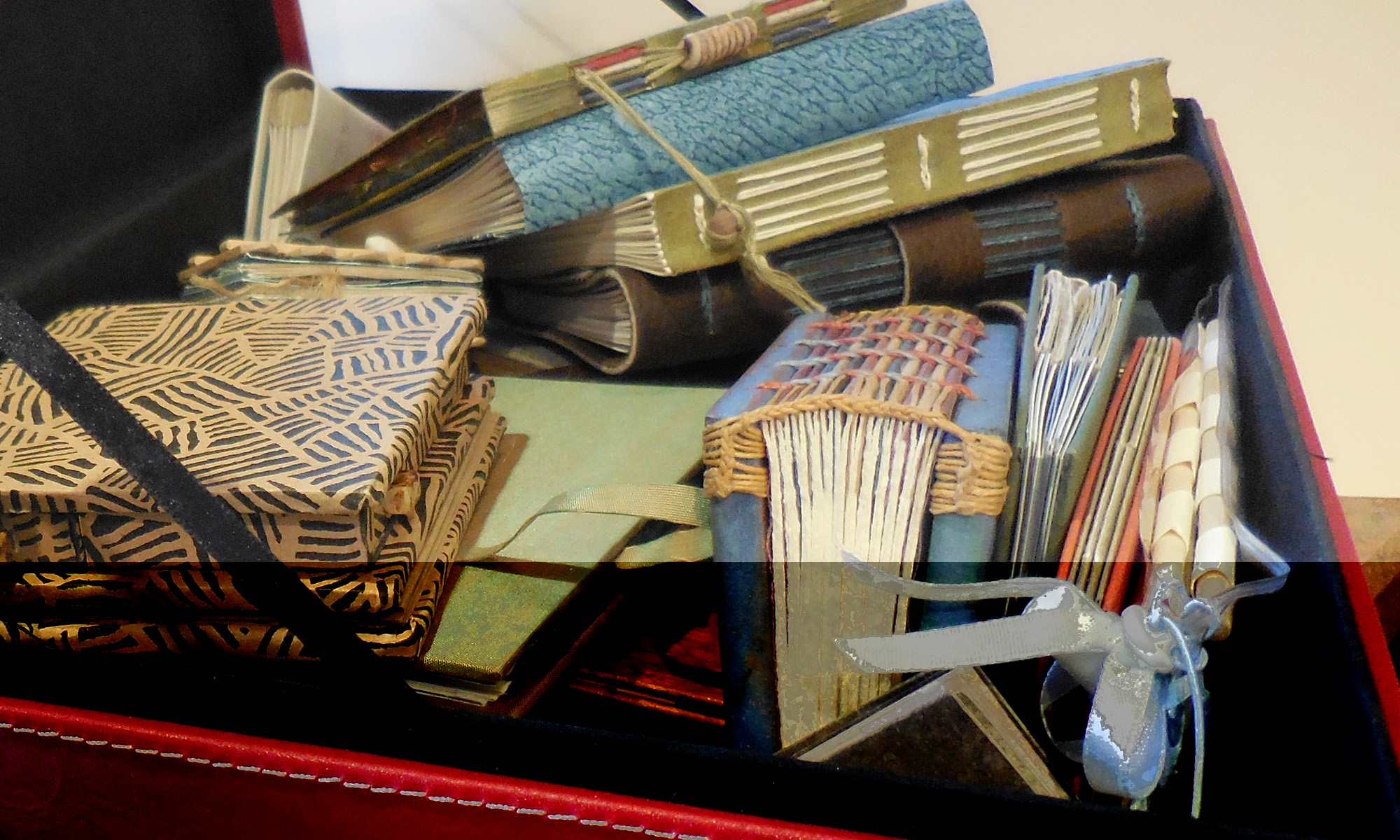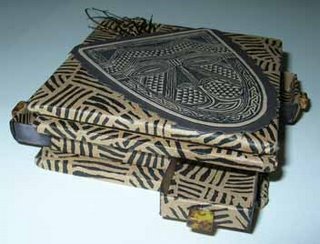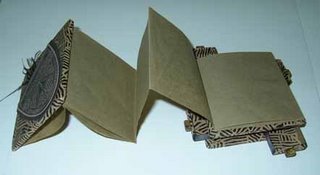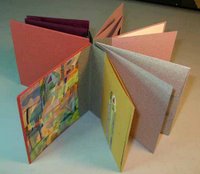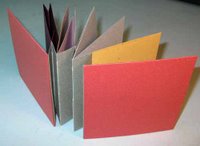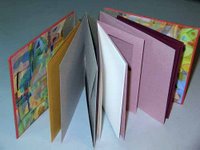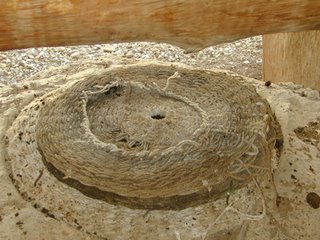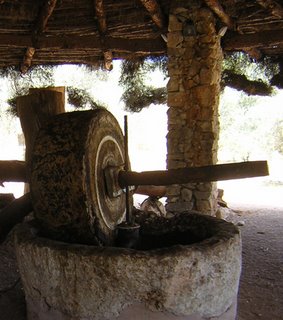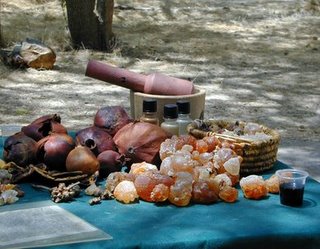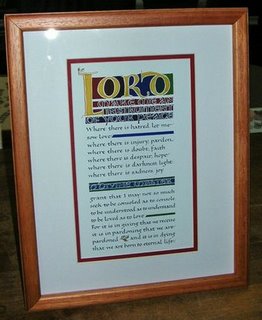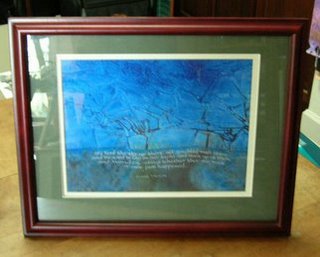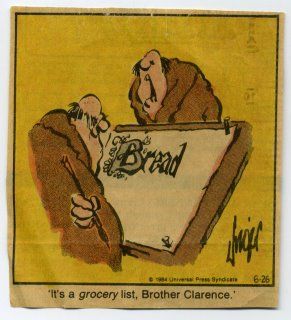
So the course I’m taking is an online one offered by Florida State University. There are 5 core classes in the course: Web Architecture, XHTML, CSS, Photoshop, and your choice of FrontPage (blechhh) or Dreamweaver (my choice). At the end of each class, we complete and “turn in” (a.k.a. upload) our homework.
I’ve done the classes in the order I listed them … sort of. I got to the end of Web Architecture and the final assignment didn’t seem do-able without learning some of the stuff in the other classes first. So I moved on to XHTML. I nearly finished it, but the the last 40 pages of the 260+ page Flash course was covering more and more esoteric tags, and I stopped about 25 pages shy of the end, my left brain fried. Then I moved on to CSS, which I’ve finished completely, and now I’m better than 3/4 of the way through the Photoshop class. When I finish that one, I’ll go back and do the end of XHTML. And then Dreamweaver!
Web Architecture took awhile, mostly because it was the first class, I think. And it seems as though I’ve been picking up speed as I’ve moved through the course. CSS was a 2-day endeavor, and Photoshop will take 3 days.
After the 5 classes are complete, the student proposes a project, which is reviewed by the faculty committee, modified, and, upon approval, carried out. I’m looking forward to it. In the meanwhile, I’m enjoying the classes.
Like this:
Like Loading...
